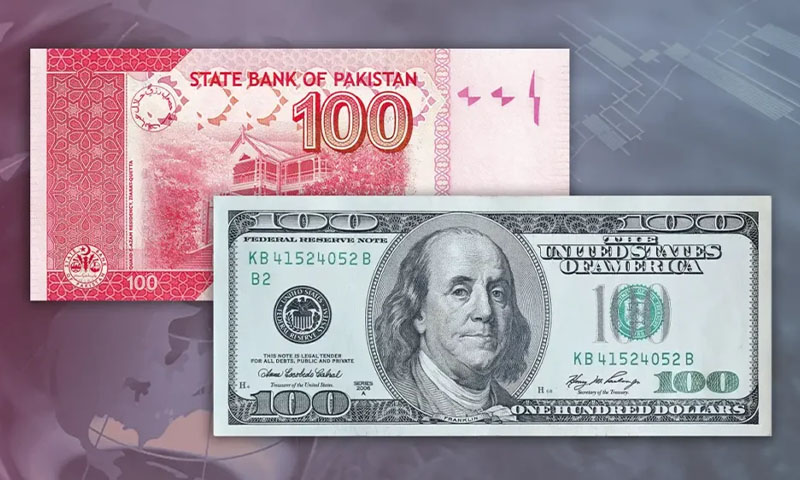- Web Desk
- 10 Minutes ago
PKR edges higher against US dollar amid global currency movements
-
- Web Desk
- 1 Hour ago

The Pakistani rupee (PKR) showed modest gains against the US dollar (USD) on Friday, starting the day at Rs280.52 in the interbank market, up 0.09 percent or Re0.24 from Thursday’s closing.
Market analysts linked the rupee’s slight appreciation to weakness in the US dollar, which struggled to recover from recent losses as investors awaited fresh economic data from the United States.
The backlog of reports, following the government’s reopening, is expected to indicate signs of a slowing economy, prompting caution among traders.
Globally, the greenback has been under pressure, falling to a two-week low against the euro and hovering near 99.27 against a basket of major currencies. The Japanese yen also faced weekly losses of nearly 0.8 percent, while the Swiss franc maintained a three-week high.
Despite expectations of a possible Federal Reserve rate adjustment in December, the dollar failed to gain momentum, mirroring patterns seen during market turbulence in April.
Domestically, the Pakistani rupee has strengthened by Rs3 or 1.07 percent against the US dollar during the current fiscal year. However, it remains down by Rs2.21 or 0.79 percent since the start of the calendar year.
Previous close
In Thursday’s interbank session, the rupee closed at Rs280.76 per dollar, marking a gain of 0.90 paisa over the previous day. The currency traded within a narrow range, with both its intraday high and low recorded at Rs280.75. In the open market, the US dollar was quoted at Rs281 for buying and Rs281.80 for selling.
Against other major currencies, the rupee saw mixed movements. It strengthened slightly against the UAE Dirham to Rs76.44 and the British Pound to Rs369.04. On the other hand, it fell against the Chinese Yuan to Rs39.56, the Euro to Rs326.19, and the Swiss franc to Rs352.90.
The local currency also edged higher against the Saudi Riyal to Rs74.86 and posted minor gains against the Japanese Yen at 1.8142.
Overall, the rupee’s performance reflects both domestic stability and global trends, as investors continue to monitor economic signals from abroad.





